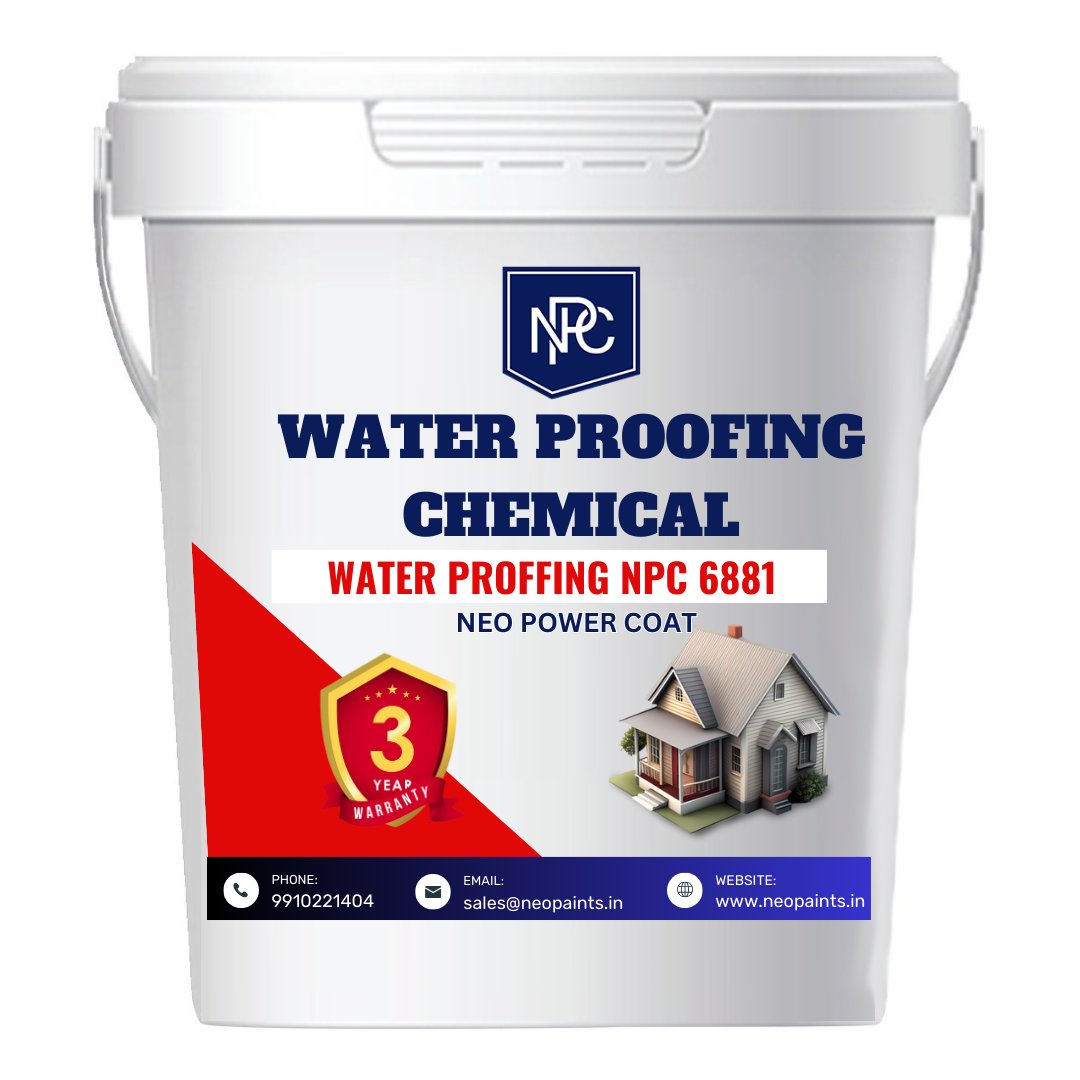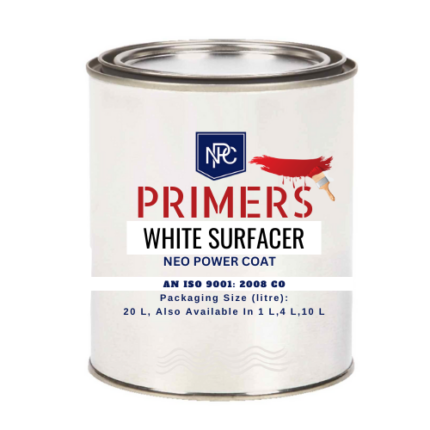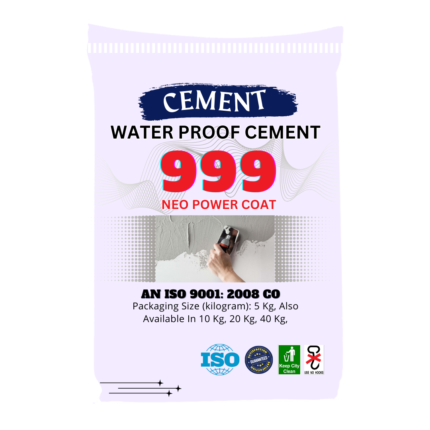Description
- Waterproofing Membranes: These are thin sheets or coatings applied to surfaces to create a waterproof barrier. They can be made of materials like bitumen, modified bitumen, PVC, EPDM, or TPO.
- Waterproofing Coatings: Liquid coatings are applied directly to surfaces such as roofs, walls, or concrete to provide a waterproof barrier. Common types include acrylic, polyurethane, and silicone coatings.
- Waterproofing Sealants: Sealants are used to fill gaps, joints, and cracks in various surfaces, preventing water infiltration. Silicone sealants, polyurethane sealants, and epoxy-based sealants are examples.
- Cementitious Waterproofing: These are cement-based products mixed with polymers or other additives to improve their waterproofing properties. They are commonly used for concrete structures.
- Crystalline Waterproofing: This technology involves adding crystalline compounds to concrete or mortar, which react with water and form crystals that block water penetration.
- Bituminous Waterproofing: Bituminous materials like asphalt or tar are used to create waterproof barriers. They are often used in roofing and foundation applications.
- Liquid Applied Membranes: These are liquid waterproofing materials that are applied as a coating and then cure to form a durable, waterproof membrane. They are often used in commercial and industrial roofing.
- Polyurethane Waterproofing: Polyurethane-based coatings and sealants are known for their flexibility and resistance to various weather conditions. They are used on roofs, decks, and other surfaces.
- Silicone Waterproofing: Silicone-based products offer excellent weather resistance and flexibility, making them suitable for sealing joints and seams in various construction applications.
- Elastomeric Waterproofing: Elastomeric coatings and membranes can stretch and contract with building movement, making them ideal for areas with structural flexibility.



















Reviews
There are no reviews yet.